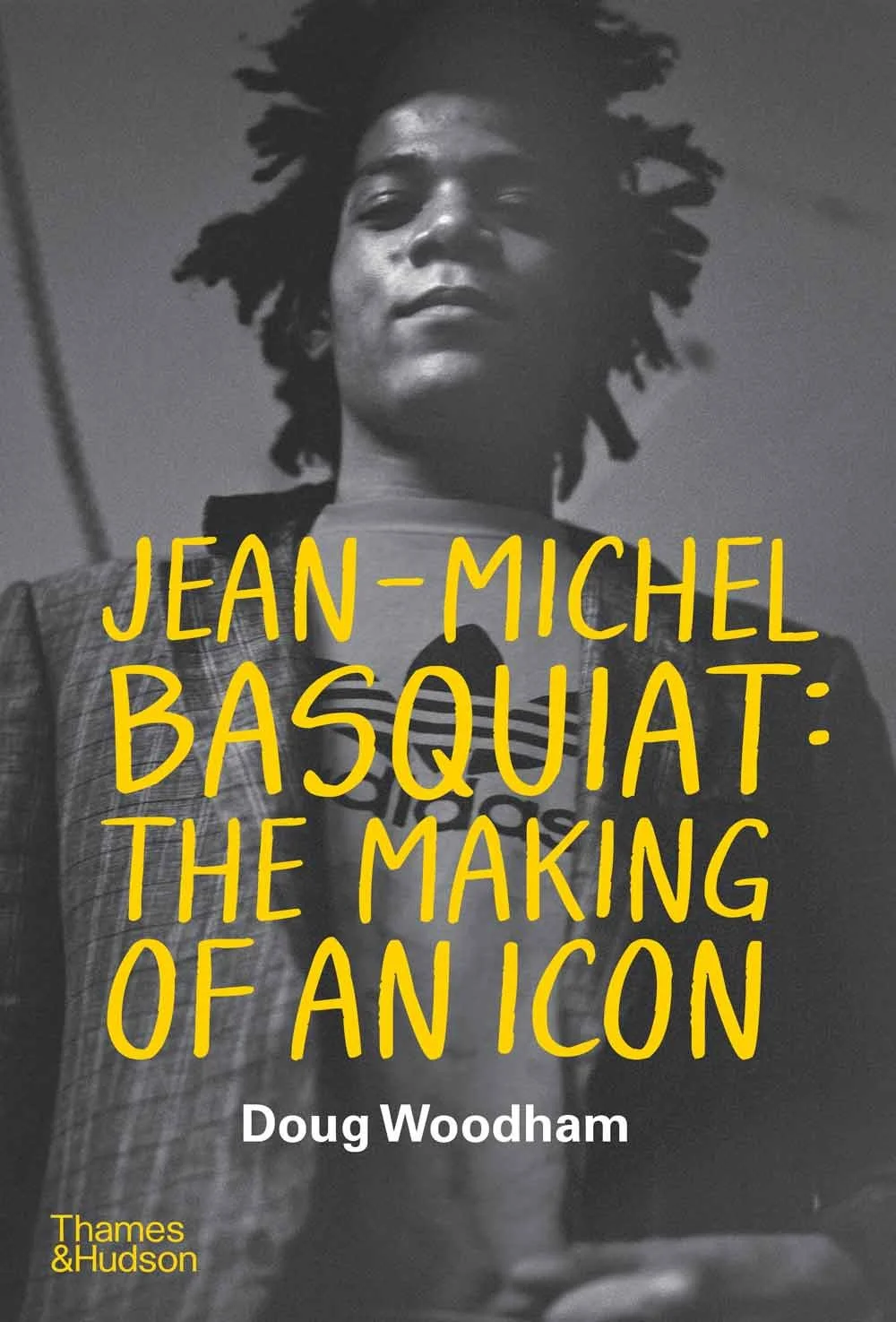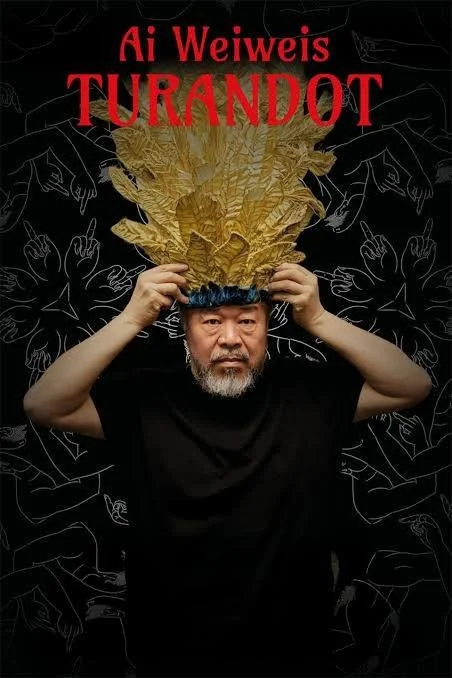Adrian Ghenie: Weltwehmut 1, 2024
210 x 150 cm, Ol auf Leinwand (© Adrian Ghenie)
Photo © Infinitart Foundation
By Ailin Xu and Mia Funk
How can art help us make sense of history’s darkest moments and their impact on who we are today? How does the human figure reveal the complexities of identity and the secrets of our inner selves? How can reimagining lost masterpieces tell us about life, death, and existence?
Renowned Romanian artist Adrian Ghenie is currently presenting two exhibitions at the Albertina and the Dresden Kupferstich-Kabinett. Working with a variety of materials and subjects, Ghenie explores the personal, the political, and the art historical, fusing these discourses into expressive abstract and figurative works of art across multiple mediums.
At the Albertina, Adrian Ghenie pays homage to the Austrian Expressionist artist Egon Schiele, in the exhibition Shadow Paintings from 11 October 2024 to 2 March 2025. Working with photograph reproductions of Schiele’s lost paintings, Ghenie experiments in his “shadow paintings” with the deformation of human anatomy, much like Schiele’s own practice. Ghenie commented, “Once you leave the traditional constraints of anatomy behind, the way you deform can become a portrait of character or the inner psyche on a deeper level. This play with the human form marked the beginning of something new.” These deformations and mutations point to the “dark night of the soul”, and the state in which individuals confront their “inner shadows.” However, borrowing from the compositions and forms of Schiele’s original, but reddening his works beyond the mere distortion, Ghenie creates elements onto the bodies that are both grotesque and visceral, yet abstract at the same time; he transforms them into beings that are barely recognizable as human, conjuring a sense of the metaphysical and challenging boundaries of reality, pointing to a mental state in which constructions around identity, sexuality, existence, and life and death can be explored.
The Dresden Kupferstich-Kabinett, Battleground Studio: Works on Paper, from 13 December 2024 to 16 March 2025, presents Ghenie’s collages and drawings from the past 20 years of his career. These works reveal the artist’s earlier experiments and artistic trajectory, especially reflecting on the catastrophic events of the 20th century, which the artist called “an era of humiliation”: dictatorships rose to power and individual freedom was under threat. Alluding to these themes, the artist fragments the human body in photography and portraits from art historical traditions, such as Degenerate Art, made in 2014; this technique is inspired by Frances Bacon and Willem De Kooning. In this collage, Ghenie reassembled these images into a vibrant conglomerate of body parts; yet individual pieces remain anonymous and unidentifiable, pointing to the erasure of individual identity. The struggle for identity continues in his recent practice, in which he reflects on the omnipresence of digital media and its impact on the individual, depicting exaggerated and entangled anatomy on charcoal drawings.
Ghenie’s two ongoing exhibitions showcase the artist’s career-long interest in the construction of identity within both historical and metaphysical contexts that draw upon earlier artistic practices and the bold experiment with human anatomy. His works not only allow the audience to reflect on the societal construct that threatens or challenges individual freedom but also give a meditative space in which the audience can explore their sense of self and confront difficult challenges of their inner state.
*
What does it feel like to inhabit a human body with all its imperfections, impermanence, and fragmentation of existence? In this age of AI and the endless pursuit of perfection, how do examinations of the relationship between past and present help us contemplate the future of human creativity? By distorting the human form, what truths about the psyche and spirit do we uncover that remain concealed in conventional representations? What is the soul? How can we explain interconnections between organisms and collective memories within species? What happens after we die?
Exploring the works of Adrian Ghenie and his homage to Egon Schiele, visitors experience the weight of history while reflecting on how few of these essential questions we have actually answered in the hundred years since his death. And perhaps that’s how it’s meant to be? Perhaps we are never meant to know all the answers. Or the answers to life’s questions are in the living.


















































































